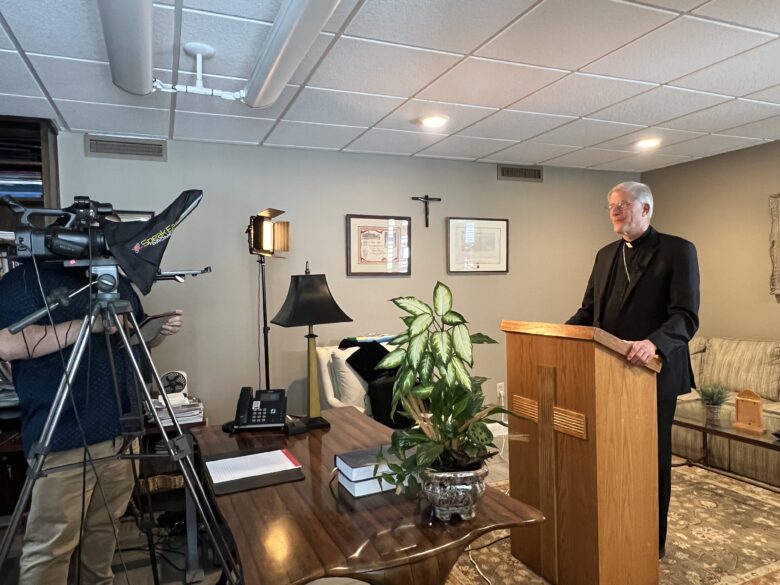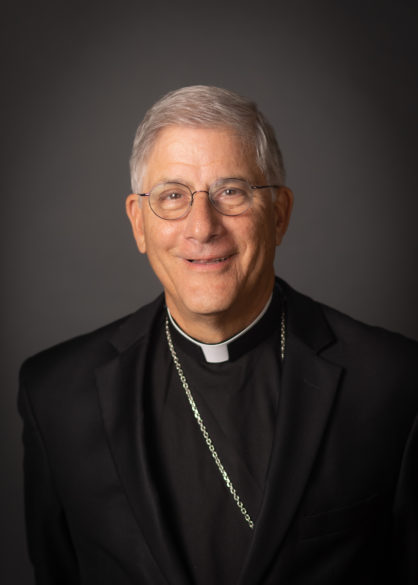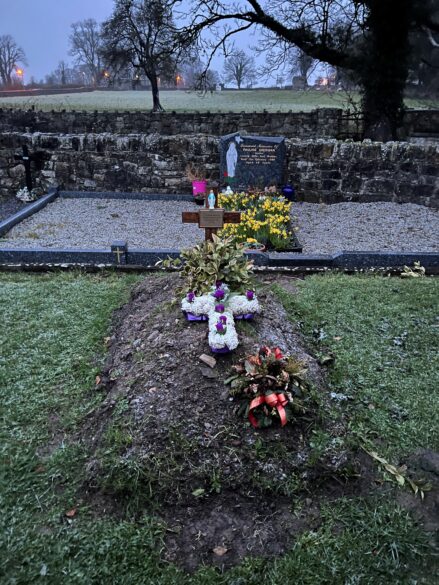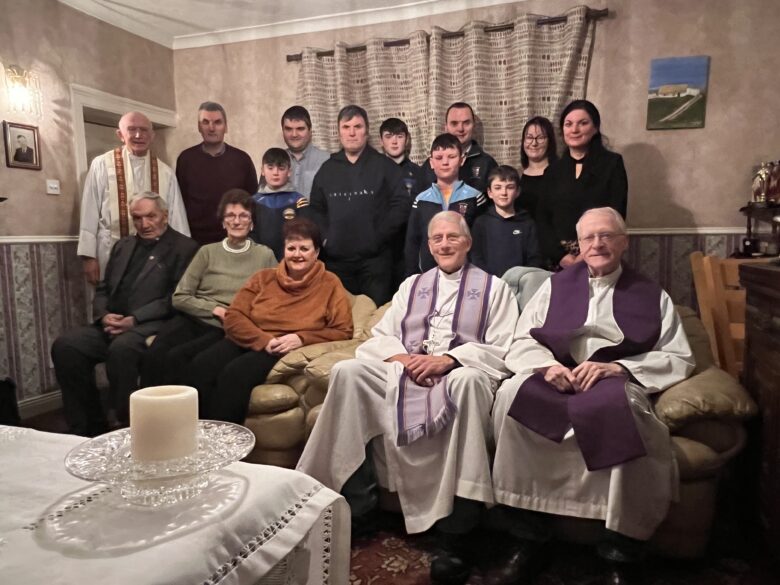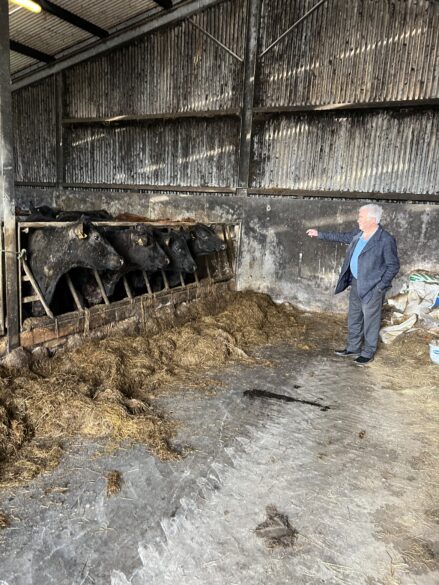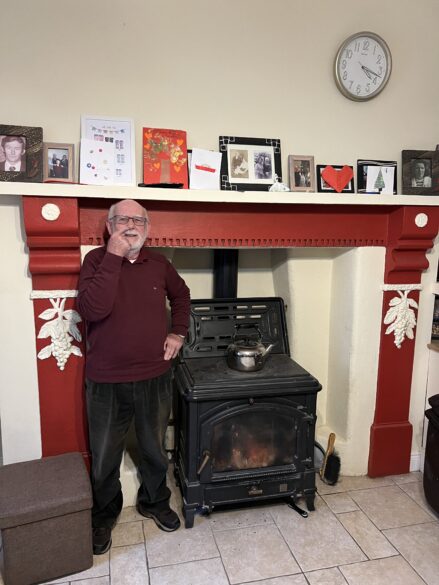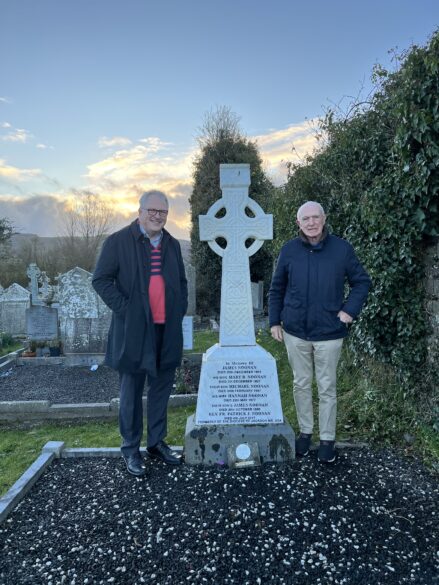Nota del editor: A continuación se encuentra la homilía que el obispo Kopacz pronunció en la Fiesta del Sagrado Corazón el viernes 16 de junio en la parroquia de Christ the King en Southaven. Para asegurarse de no perderse la columna del obispo Kopacz y otras noticias católicas importantes, únase a nuestra lista de correo electrónico en Flocknote. ¡Envíe un mensaje de texto con MSCATHOLIC al 84576 o regístrese en jacksondiocese.flocknote.com!
Por Obispo Joseph R. Kopacz, D.D.
Nos reunimos con gozo en la Eucaristía, la gran oración de acción de gracias, al conmemorar el centenario de la llegada de los Sacerdotes del Sagrado Corazón a los Estados Unidos, y los 80 años aquí en el norte de Mississippi, conocido como las Misiones del Sur.
El Padre Hendrick “Ardi” Ardianto, SCJ me informó antes de la Misa que también es el centenario de los Padres del Sagrado Corazón en Indonesia, donde su misión continúa prosperando. Esta amada y dinámica orden religiosa, fundada en 1878 por el Venerable Padre Leo John Dehon, cuyo deseo misionero era difundir por todas partes el Sagrado Corazón de Jesús, permanece fiel a la obra de Cristo de reconstruir nuestro mundo en el reino de justicia y amor de Dios.

Yo me uno a los obispos de Jackson, desde que en 1944 el obispo Richard Oliver Gerow invitó a los Padres del Sagrado Corazón a expandir su misión y ministerios en los Estados Unidos hasta el norte de Mississippi. Este fue un momento fortuito en la historia de la Diócesis de Natchez. Durante los últimos 80 años, los SCJ han dado testimonio del Sagrado Corazón de Jesús a través de la adoración, la educación y la acción social en nombre de la justicia y el bien común, lo cual es evidente en la variedad de ministerios que continúan reconstruyendo el reino de Dios de justicia y amor.
En esta fiesta del Sagrado Corazón, los textos bíblicos nos introducen más profundamente en la altura y la profundidad, la longitud y la anchura del amor de Dios. En Deuteronomio escuchamos que Dios puso su corazón en Israel, y su compasión y misericordia perdurarán por 1,000 generaciones.
Jesús en el Evangelio de Lucas asegura a sus oyentes, entonces y ahora, que él es “manso y humilde de corazón, y hallaremos descanso en él”. Aquí juntos en la Eucaristía estamos unidos al Sagrado Corazón de Jesús como pueblo apartado en alabanza a Dios “que nos ha amado primero”, en palabras de San Juan en la segunda lectura.
En este año de renacimiento eucarístico, en nuestra nación atesoremos las palabras del Padre Léon Dehon en nuestra celebración de la fe.
“Cuando adoramos al Sagrado Corazón de Jesús en la Eucaristía, nuestra adoración no siempre requiere muchas palabras; hay momentos en que el mismo silencio es elocuente. Nuestro corazón debe convertirse en copón en el que sólo reposa el Corazón Eucarístico. Os dejo el más maravilloso de los tesoros, el Corazón de Jesús”.
El Padre Dehon nos inspira a abrazar el asombroso misterio de la presencia real del Señor. “Todos los sacramentos son dones maravillosos de nuestro Señor, pero la Eucaristía supera con mucho a los demás. Porque en los demás nos da su gracia; en la Eucaristía se nos da El mismo”.
El Papa Benedicto, en Sacramentum Caritatis, (2007), la Exhortación Apostólica Post-Sinodal sobre la Eucaristía, capta este carisma dehoniano de la Eucaristía como pan partido para la vida del mundo. “El pan que yo daré es mi propia carne. Lo daré por la vida del mundo.” (Jn 6:51)
El Papa Benedicto escribió que en estas palabras “el Señor revela el verdadero significado del don de su vida para todas las personas. Estas palabras también revelan su profunda compasión por cada hombre y mujer. … Los Evangelios hablan con frecuencia de los sentimientos de Jesús hacia los demás, especialmente hacia los que sufren y los pecadores… Nuestras comunidades, cuando celebran la Eucaristía, deben ser cada vez más conscientes de que el sacrificio de Cristo es para todos, y que la Eucaristía obliga así a todos los que creen en que se convierta en ‘pan que se parte’ para los demás, y que trabaje por la construcción de un mundo más justo y fraterno. Teniendo en cuenta la multiplicación de los panes y los peces, debemos darnos cuenta de que Cristo continúa hoy exhortando a sus discípulos a comprometerse personalmente. ‘Vosotros mismos dadles de comer.’ (Mt 14:16) Cada uno de nosotros está verdaderamente llamado, junto con Jesús, a ser pan partido para la vida del mundo”.
Este es el espíritu dehoniano que sigue inspirando a muchos en nuestro tiempo a través del Sagrado Corazón de Jesús.
A través del proceso sinodal mundial, el Papa Francisco ha invitado al Pueblo de Dios a abrazar nuestra identidad a través de la comunión, la participación y la misión. Del agua y la sangre que manaron del corazón traspasado de Cristo en la Cruz, nuestra comunión brota de nuestro Bautismo y a través de la Eucaristía. Estamos invitados a la participación activa alrededor de las mesas de la Palabra y el Sacramento de Dios, y desde esta fuente y cumbre, somos enviados en una misión para participar activamente en el drama del Reino de Dios. Este carisma dehoniano está vivo en ambos frentes, por así decirlo, como pueblo de contemplación en el culto y como pueblo de acción en una variedad de ministerios.
En este momento, invito al sacerdote y a los hermanos del Sagrado Corazón, así como a los laicos asociados, a pasar al frente para renovar sus compromisos de servir al Señor en su Reino de justicia y amor.

